Hello dear reader,
I hope you are enjoying my Doctor Who posts. I have much more Whovian excitement to come before Saturday’s 50th anniversary special!
When Lakeland heard I was going to be turning my blog over to all things Doctor this week, they very kindly offered to send me their Dalek Cake mould to try out. Here it is…
This is part of the exclusive range of Doctor Who bakeware and accessories, which Lakeland developed along with BBC Worldwide.
I love their tag line for the range “Make, Bake, Exterminate!”
Here are a few of my favourites…
.
.
.
There are lots more products to make you whoop with Whovian joy. You can browse the full range on the Lakeland website.
So back to my Dalek cake. The mould is huge, resulting in a baked dalek 19 x 16 x 30cm. I would have had no idea how much cake mixture to make but the handy hint on the box says it requires an eight egg mixture. My regular chocolate cake is a three egg cake, so I tripled it, figuring better to have too much mixture than too little. The only problem with that was that, when I started adding the flour, the mix was already over the top of my beater so the flour was just sitting there, not being beaten in. I had to decant the lot to a bigger bowl and mix the flour in by hand.
Then to grease the mould and I was already wondering if such a large cake would even come out of the mould. Lakeland had kindly also sent me Wilton Cake Release. The instructions say to pour a small amount into the tin and paint the surface with a pastry brush. It is very easy to coat every part of the mould because the Cake Release is so shiny – it’s easy to see if you’ve missed any bits. It claims that cakes will be released perfectly, even from the most intricately shaped tins.
We shall see!
So, I poured in the cake mix but then wasn’t sure where to stop. Obviously it’s going to rise a bit whilst baking but I also wanted to make sure it would get to all the detailing near the top. I decided to just leave a couple of centimetres and, if it rose too much, I could always cut a bit off.
Into the oven. My usual recipe calls for a bake at 180ºC but I’ve never baked such a large cake before, so reckon I should turn down the temperature a little. I decide to go for 170ºC but set the timer for 20 minutes to check how it is looking. At 20 minutes the top is already quite brown, so I turn the oven down to 160ºC and cover the top of the cake in greaseproof paper to protect it a bit. After an hour the top is really starting to burn and is stopping the cake from rising – but a skewer test tells me the inside isn’t cooked yet. It takes another half an hour before the centre is cooked. By this time the top, especially at the edges, is really quite charred!
I can’t blame this at all on the cake mould. Rather it is my inexperience at cooking such a large cake. At least I know for the future to bake at a low temperature from the start, around 150ºC I reckon. As it turns out, when searching for some of the Lakeland pictures for this post, I happened upon a Dalek cake made by Edd Kimber, Great British Bake Off champion of 2010 – yep low temperature & longer bake time. Oh how I wish I’d seen his recipe before I started baking my Dalek!
The cake was left to cool in the mould, as instructed. I turned it upside down on top of a cooling rack and… Hey presto, out came a perfectly formed Dalek! Thank you Cake Release! I am so impressed with all the detailing that is shown on the final bake…
…and the big test – would it stand up?
YES!
I love this mould and would certainly use it again – full marks to Lakeland for the detail in the final bake.
My top tips if you are using this mould to bake a Dalek…
– Use Edd Kimber’s recipe!
– Use Wilton Cake Release to grease the mould
– Fill the mould to 1cm from the top
– Place mould on a large roasting tin, to stabilise it and also to collect any overflow
– Cook at a LOW temperature (150ºC, or 135ºC for a fan oven) for 1½ hours
– Test the centre with a skewer – if fully cooked then the skewer will come out clean – if not, continue cooking and test again in 5-10 minutes
– Leave to cool completely in the mould before turning out onto a cooling rack
Lakeland do also mention using this as a jelly mould – would that make it a Wibbley Wobbley Timey Wimey Dalek?!
I think it would work brilliantly as a jelly mould and would be much easier if you are a bit worried about the baking. I’ve measured it out and you would need five pints of jelly to fill it.
All in all the birth of my Dalek wasn’t too painful. It may be a little crispy around the edges but I don’t think that will bother the very-excited Who-obsessed seven-year-old that I am baking it for!
Lakeland do have a basic recipe for the Dalek cake on their website, which includes a handy guide as to how to decorate the Dalek. This is their completed example…
They very kindly sent me some royal icing and some edible silver and gold silk to help me decorate mine. Thank you so much to Lakeland for sending me the mould to test and all the extra goodies to make it a success.
Check back here on Saturday to see my finished Dalek!
Vohn
x
P.S. If you liked this, here are the links to my entire series in homage to Doctor Who…
Eleven Doctors, eleven biscuits
.
.
.

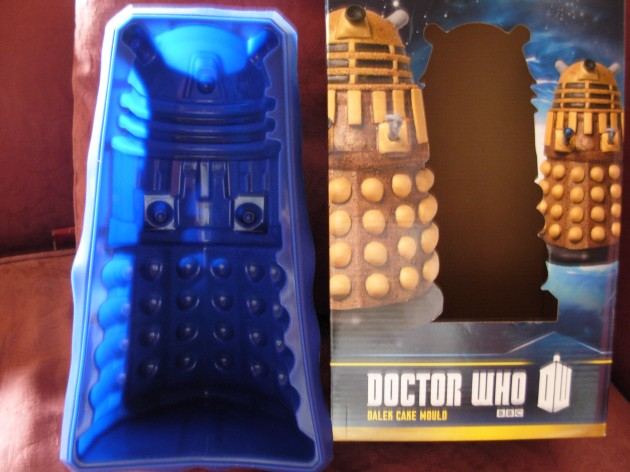
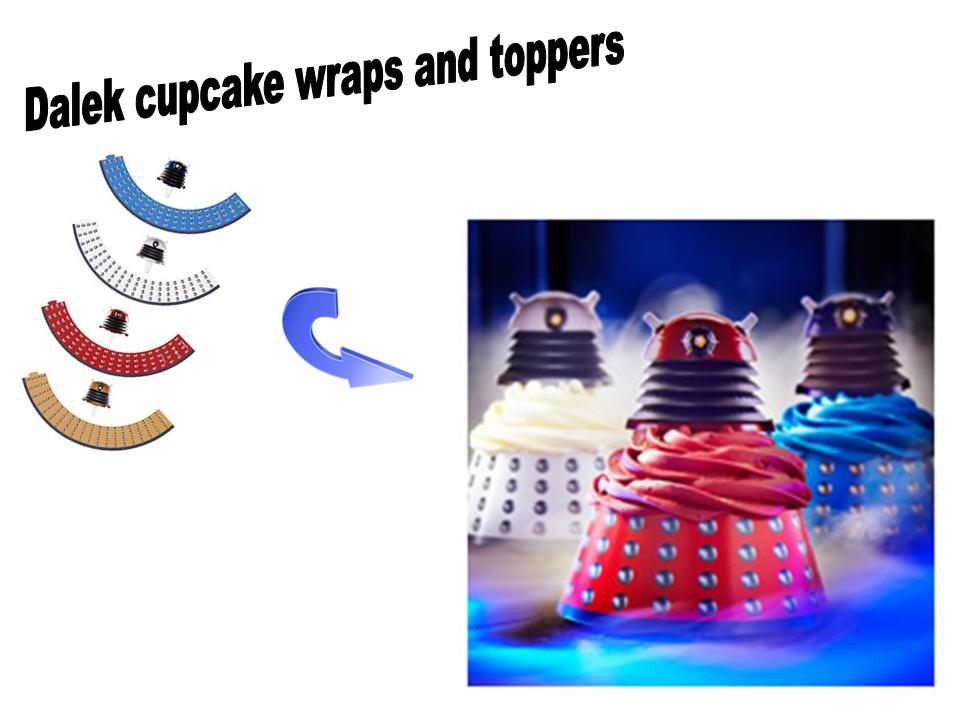
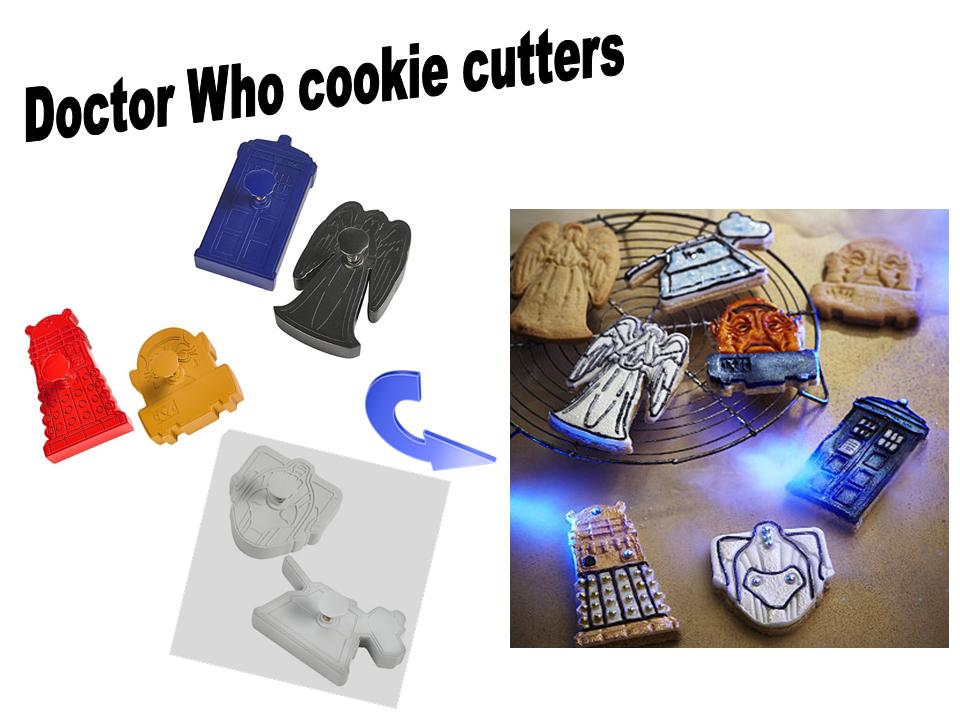


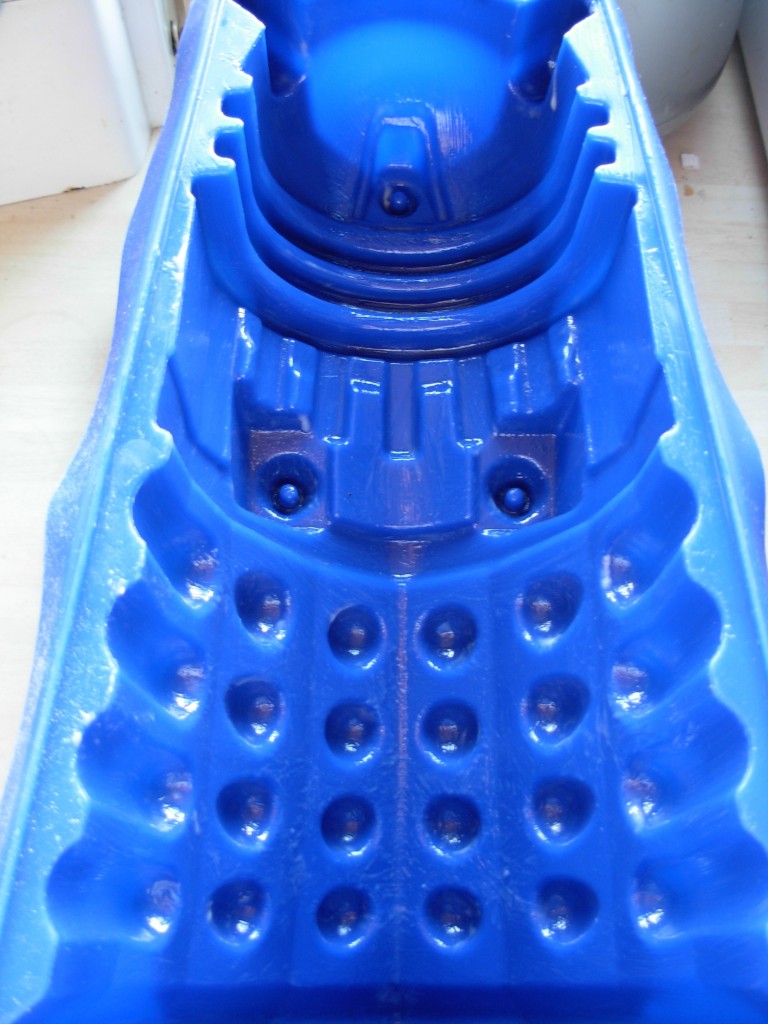
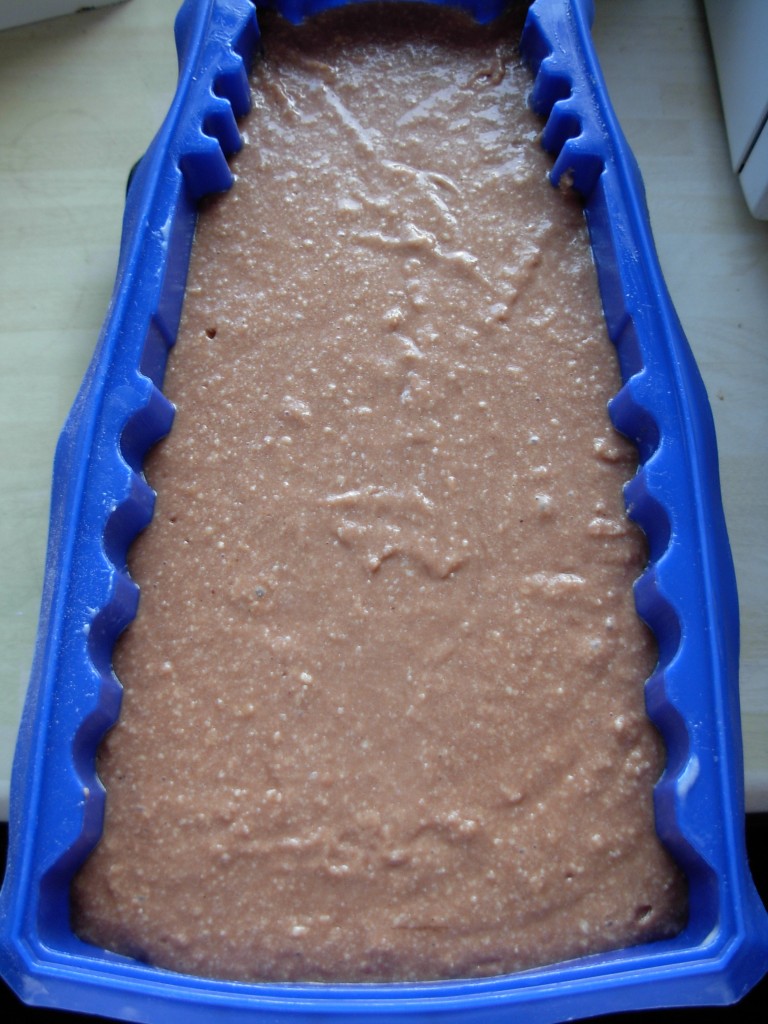
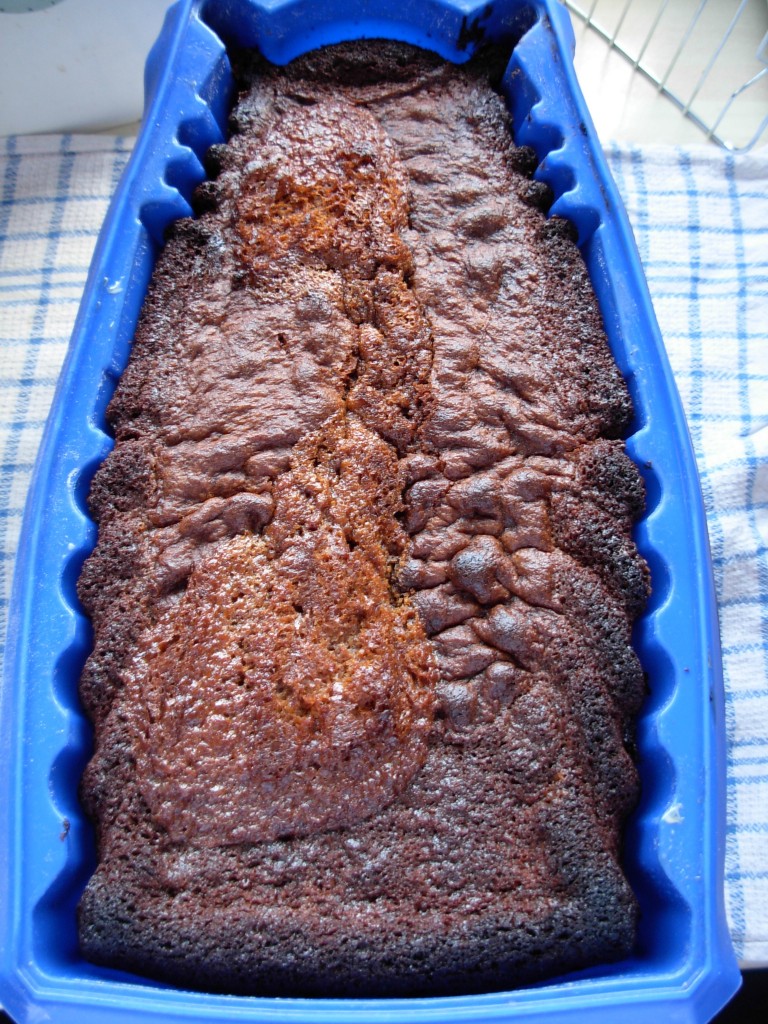
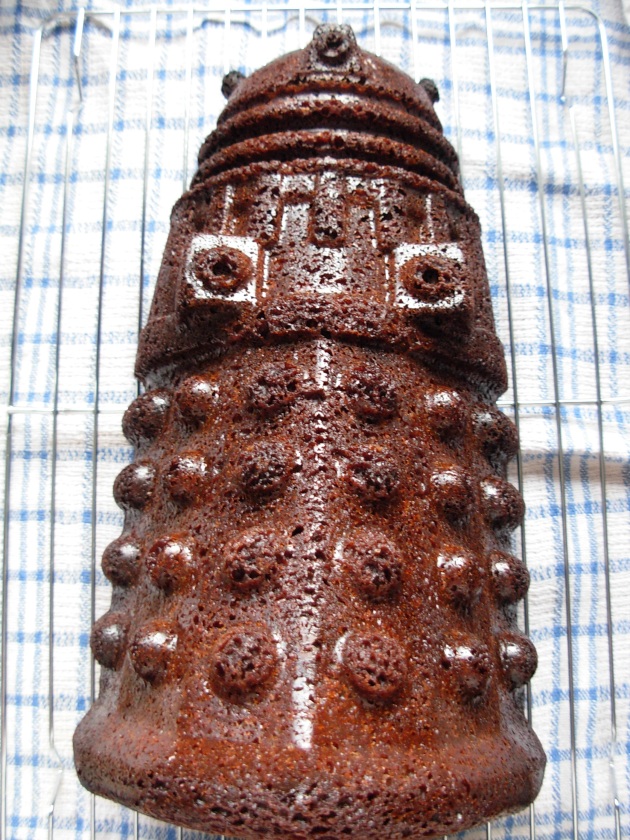
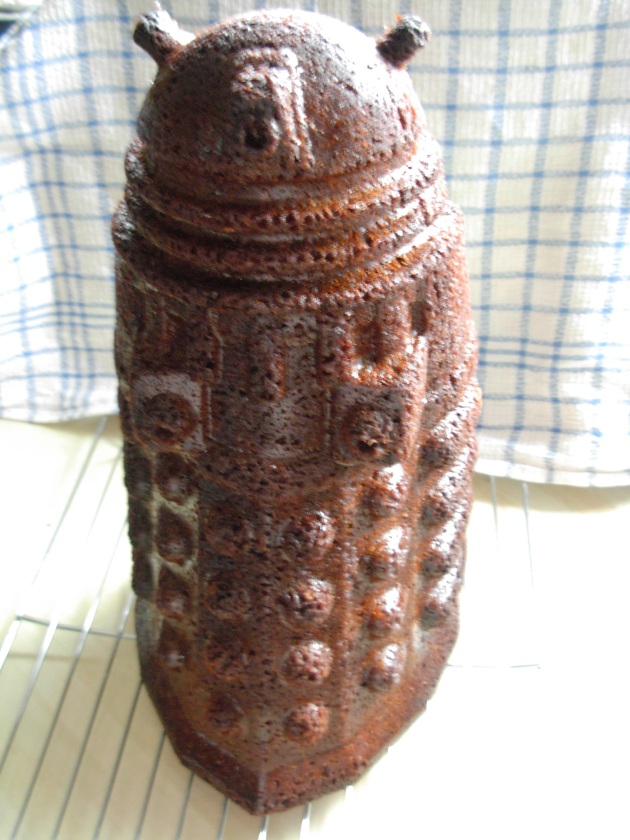
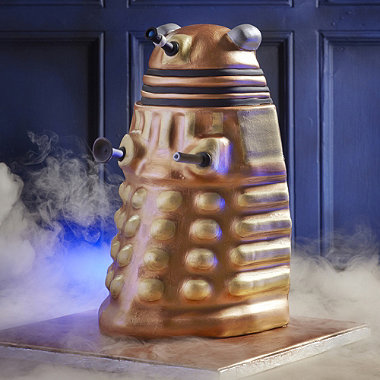
This is epic Vohn, just epic!
Hehe – thanks Emma! I can’t wait to decorate it – it’ll be interesting to see how far away it is from the picture in my head! Vohn x
so in love with all these brilliant posts for Dr Who… it is SO annoying when they don’t include a recipe for a product which is so unusual like this, even a basic sponge recipe! But well done you!
Thanks Dom. Sorry for the late reply – for some reason your comment went into the spam folder!
There is a basic recipe on their website but I didn’t find it until later – it’d be so simple for them to just put it in the box! Glad you liked my Whovian week! Vohn x